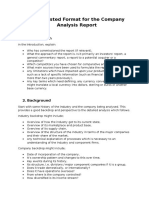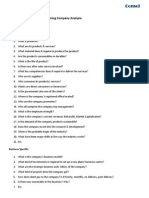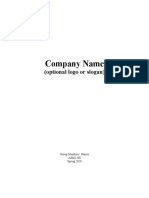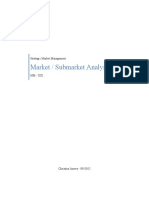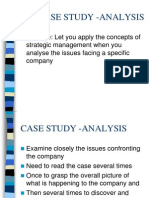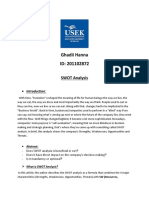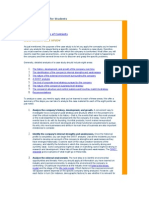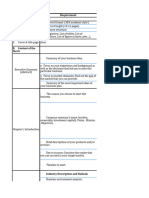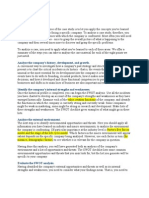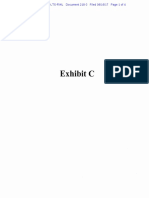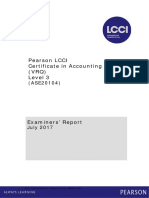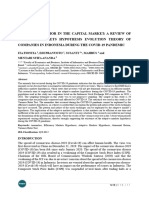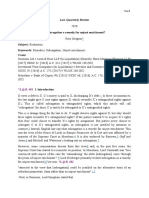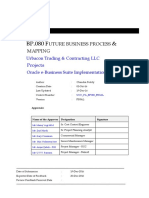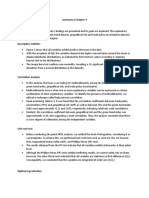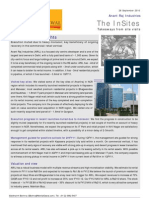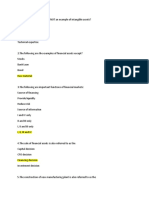0% found this document useful (0 votes)
39 views3 pagesCompany Report Format
This document outlines the sections and purpose of a company report. The report aims to analyze and develop a view of a company's future performance by examining its business model, products, management, finances including revenue, costs, profitability, liquidity, solvency, capital expenditures, competitive advantage, stakeholders, and best practices. The sections include an executive summary, company introduction, these analyses, and a conclusion.
Uploaded by
karna.sahithireddy21Copyright
© © All Rights Reserved
We take content rights seriously. If you suspect this is your content, claim it here.
Available Formats
Download as DOCX, PDF, TXT or read online on Scribd
0% found this document useful (0 votes)
39 views3 pagesCompany Report Format
This document outlines the sections and purpose of a company report. The report aims to analyze and develop a view of a company's future performance by examining its business model, products, management, finances including revenue, costs, profitability, liquidity, solvency, capital expenditures, competitive advantage, stakeholders, and best practices. The sections include an executive summary, company introduction, these analyses, and a conclusion.
Uploaded by
karna.sahithireddy21Copyright
© © All Rights Reserved
We take content rights seriously. If you suspect this is your content, claim it here.
Available Formats
Download as DOCX, PDF, TXT or read online on Scribd
/ 3
